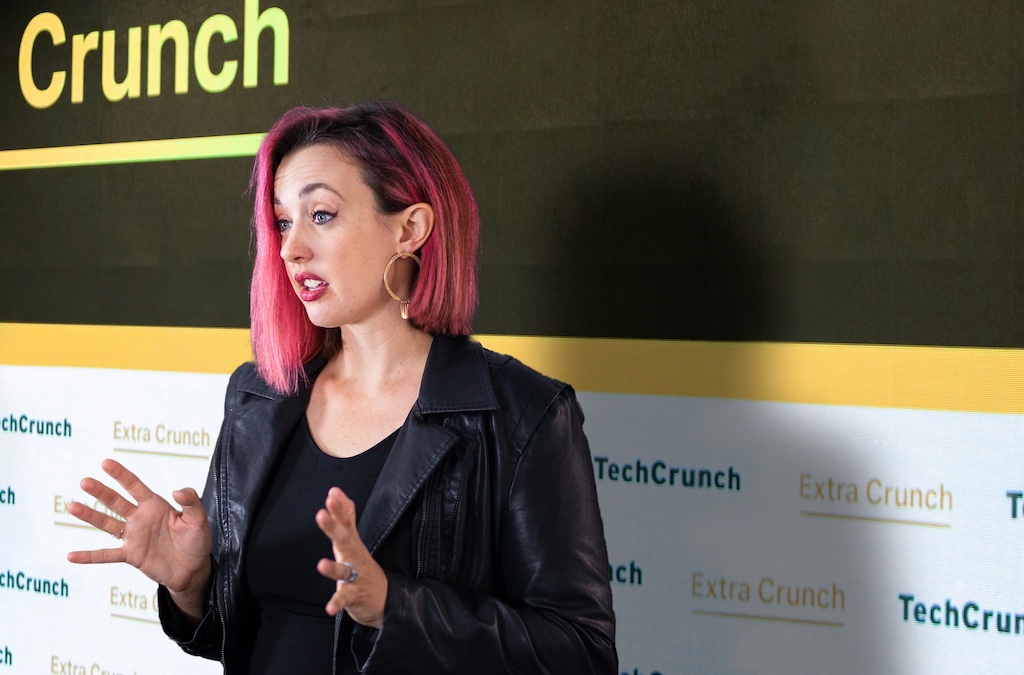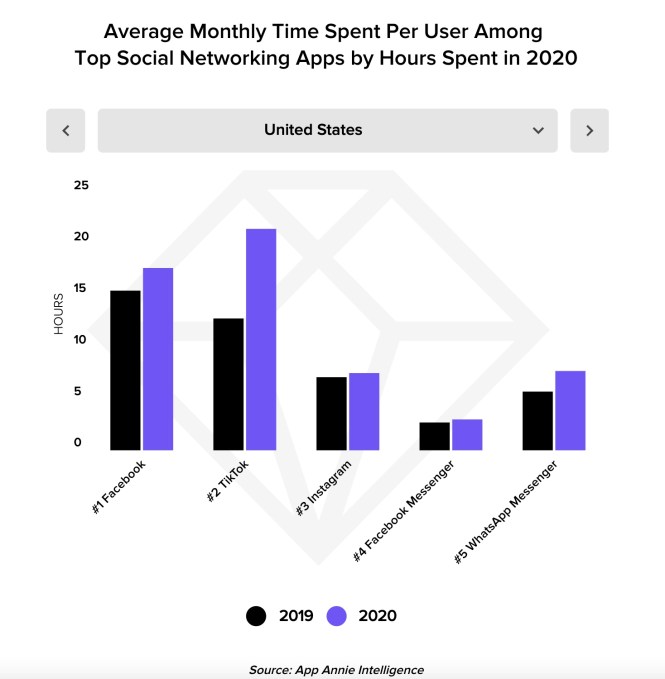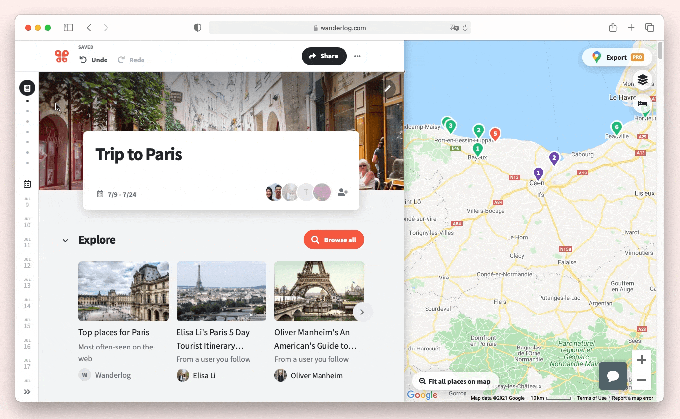News: Dear Sophie: How can I present a strong O-1A or EB-1A application?
I’m considering either having my startup sponsor me for an O-1A visa or self-petitioning an EB-1A green card. Any advice or insights on how to present a strong case for an O-1A or EB-1A? Thanks!
Contributor
Here’s another edition of “Dear Sophie,” the advice column that answers immigration-related questions about working at technology companies.
“Your questions are vital to the spread of knowledge that allows people all over the world to rise above borders and pursue their dreams,” says Sophie Alcorn, a Silicon Valley immigration attorney. “Whether you’re in people ops, a founder or seeking a job in Silicon Valley, I would love to answer your questions in my next column.”
Extra Crunch members receive access to weekly “Dear Sophie” columns; use promo code ALCORN to purchase a one- or two-year subscription for 50% off.
Dear Sophie,
A few years ago, I moved my startup’s headquarters to New York from Estonia on an E-2 investor visa.
I’ve taken on a few investors since then, but if I take on more, I run the risk of no longer qualifying for an E-2 because my equity is diluting. I’m considering either having my startup sponsor me for an O-1A visa or self-petitioning an EB-1A green card.
Any advice or insights on how to present a strong case for an O-1A or EB-1A? Thanks!
— Savvy Startup Founder
Dear Savvy,
Congrats on your success so far! Yes, we have many best practices to pass along for filing for an O-1A extraordinary ability visa or an EB-1A extraordinary ability green card.
Nadia Zaidi, an associate attorney at Alcorn Immigration Law and an expert in immigration law services for startups and creatives, and I recently did a podcast reviewing what to keep in mind when filing for an O-1A visa, EB-1A green card or EB-2 NIW (National Interest Waiver) green card. Take a listen! I would also recommend you consult an experienced immigration attorney who can help you determine the best approach based on your timing and goals.
Keep in mind that if you pursue an O-1A visa, you will need to show that your startup and you have an employer-employee relationship, or you will need an agent to file on your behalf. If demonstrating an employer-employee relationship, that usually involves showing that your startup’s board of directors oversees your work and can fire you.

Image Credits: Joanna Buniak / Sophie Alcorn (opens in a new window)
You might also want to consider filing for International Entrepreneur Parole (IEP). My firm has filed several IEP petitions on behalf of clients. Based on our experience, it takes less time to prepare an IEP petition than an O-1A petition because it’s not as document-intensive. Moreover, if you’re married and you’re granted IEP status, your spouse will be eligible to apply for a work permit. The spouse of an O-1A visa holder is not eligible for a work permit.
Getting back to answering your question, here are some best practices for filing for either an O-1A or an EB-1A:
Field of expertise
Spend some time homing in on your area of expertise. Because both the O-1A and EB-1A are for individuals of extraordinary ability or accomplishments who are at the top of their field, the more narrowly defined your field of expertise is, the easier it will be to demonstrate that you are at the top of it. For example, instead of listing tech entrepreneurship as your area of expertise, narrow it to something like entrepreneurship focused on developing machine learning software for the healthcare industry. Work with an experienced immigration attorney to craft your field for the petition.
Qualification criteria
Familiarize yourself with the qualification criteria for the O-1A and EB-1A, which are similar, and determine which of your skills and achievements best meet the criteria. As a startup founder, the critical and essential role you play at your startup should be easy to demonstrate. Remember, this is not the time to be humble.
Under your leadership, how much funding has your startup raised? Have you received any significant awards? What is your startup’s annual recurring revenue, and how many jobs have you created in the U.S.? Were you invited to judge a pitch competition, speak on a panel or mentor others based on your background, experience or skill set? Were you invited to become a member of an exclusive organization that has a rigorous selection process? Are you a thought leader in your field?
You will need to gather recommendation letters — more on those in a moment — and documentary evidence to demonstrate your achievements, such as a scan or photo of an award, email correspondences, copies or screenshots of articles written either about you or by you, or screenshots of a conference agenda or presentation on YouTube that generated a significant number of views. You should know that U.S. Citizenship and Immigration Services (USCIS) does not consider awards or prizes given out at the university level to be significant accomplishments. Some investments through competitions can qualify as awards, and some investments might not.
Recommendation letters
We typically recommend obtaining five to eight letters from experts in your field who can discuss your abilities and accomplishments and the significance of their impact on your field or beyond. Typically, the more details and examples provided in the recommendation letter — discussed in easy-to-understand terms — the more compelling the letter. You should keep in mind that the immigration official who is evaluating your case will likely not be an expert in your field.
It’s often valuable to submit letters from a variety of individuals, such as those who have worked directly with you and those who only know of you based on your work within your field, academic and professional experts, and individuals from both inside and outside the United States.
Make sure to ask prospective recommenders if they’re willing to submit a letter to USCIS on your behalf. While most recommenders are time-constrained individuals who prefer that you write a draft letter that they can edit, some recommenders prefer to write their own letters, which is good to know from the get-go. Make sure that those individuals who are doing so are willing to edit and make changes to any drafts, such as eliminating jargon or adding more detail.
The process of finalizing recommendation letters and getting them signed along with gathering documentary evidence for a case usually takes longer than most people anticipate. That said, get started!
All the best in the next phase of growing your startup!
Sophie
Have a question for Sophie? Ask it here. We reserve the right to edit your submission for clarity and/or space.
The information provided in “Dear Sophie” is general information and not legal advice. For more information on the limitations of “Dear Sophie,” please view our full disclaimer. You can contact Sophie directly at Alcorn Immigration Law.
Sophie’s podcast, Immigration Law for Tech Startups, is available on all major platforms. If you’d like to be a guest, she’s accepting applications!






